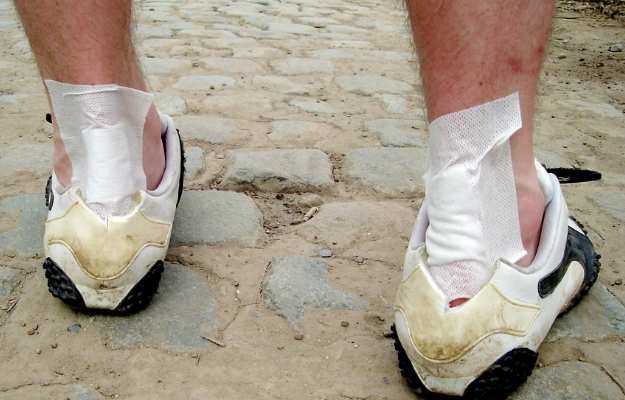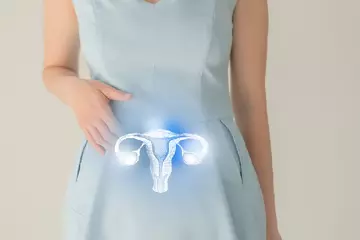What is a venous ulcer?
Venous ulcers are open sores of superficial or deep blood vessels, usually in the lower extremities. These are formed due to backing up of the blood in the veins, when they do not push the blood back up to your heart. If left untreated, it results in increased pressure and fluid accumulation in the affected area, resulting in an open sore. This wound is slow to heal and is commonly found above the ankle.
What are its main signs and symptoms?
The most common signs and symptoms of a venous ulcer include:
- Itchy, thin skin and discolouration, which could be dark red, purple, brown.
- Hardened skin
- Fever or chills
- Swelling in the legs
- Leg pain, heaviness, and cramping
- Tingling
- Ulcer appearance:
- It is a shallow sore with uneven borders; a red base that is covered with yellow tissue; and discoloured, shiny, skin which is tight and could be warm or hot to touch. Infected sores develop a foul odour and ooze pus or blood.
What are the main causes?
The causes of venous ulcers include:
- Weakening of the valves in the veins
- Increased pressure in veins of the lower extremities
- Scarred and blocked veins
- Conditions causing venous insufficiency
How is it diagnosed and treated?
After checking the history and conducting a physical examination of the wound site, a clinical severity score is taken based on CEAP (clinical, aetiology, anatomy, and pathophysiology), which helps to assess chronic venous disorders.
A venous ulcer is mainly treated with wound care, which includes:
- Clean the wound and keep it covered with a bandage (to prevent infection), which should be changed as instructed by the physician.
- Clean the wound thoroughly before applying a dressing, and the keep the dressing and the surrounding skin dry and clean.
- Cover the dressing with a stocking or bandages.
- Relieve the high pressure in the leg veins, which is necessary to prevent the pooling of blood, reduce pain and swelling, and promote healing.
- Keep your feet above the heart level if possible (lying down with the feet on pillows).
- Increase physical activity to improve blood flow through the body.
- Take medications as directed by the physician
For non-healing ulcers, certain procedures or surgery may be advised to improve blood flow through the veins.

 OTC Medicines for Venous Ulcer
OTC Medicines for Venous Ulcer















